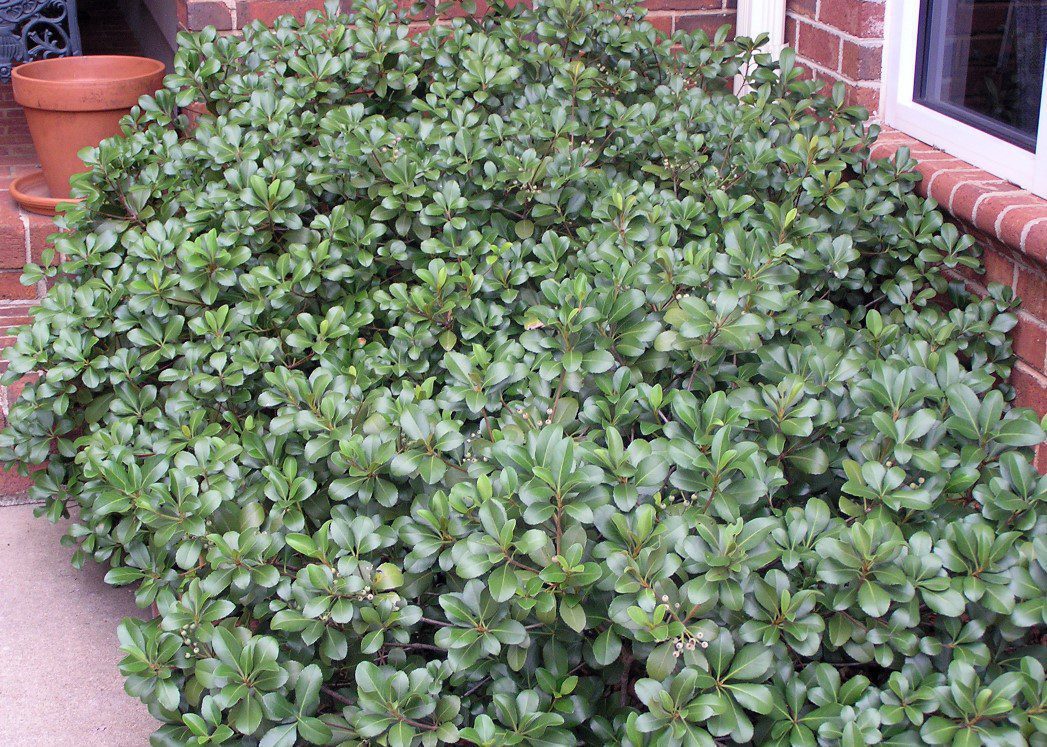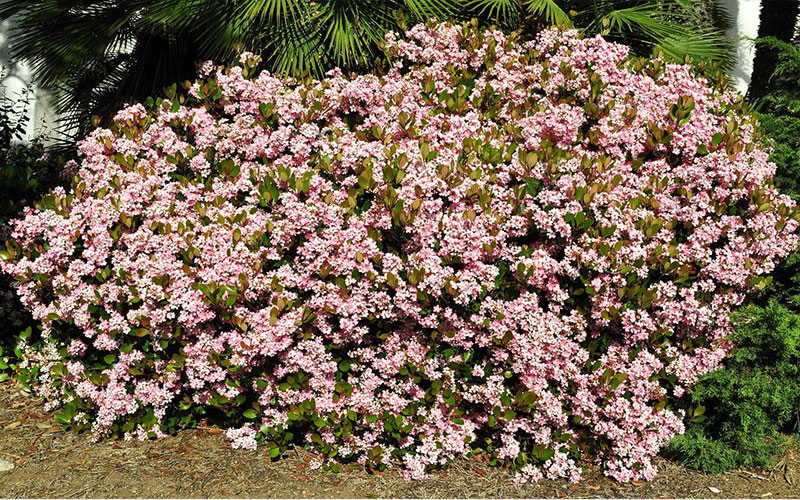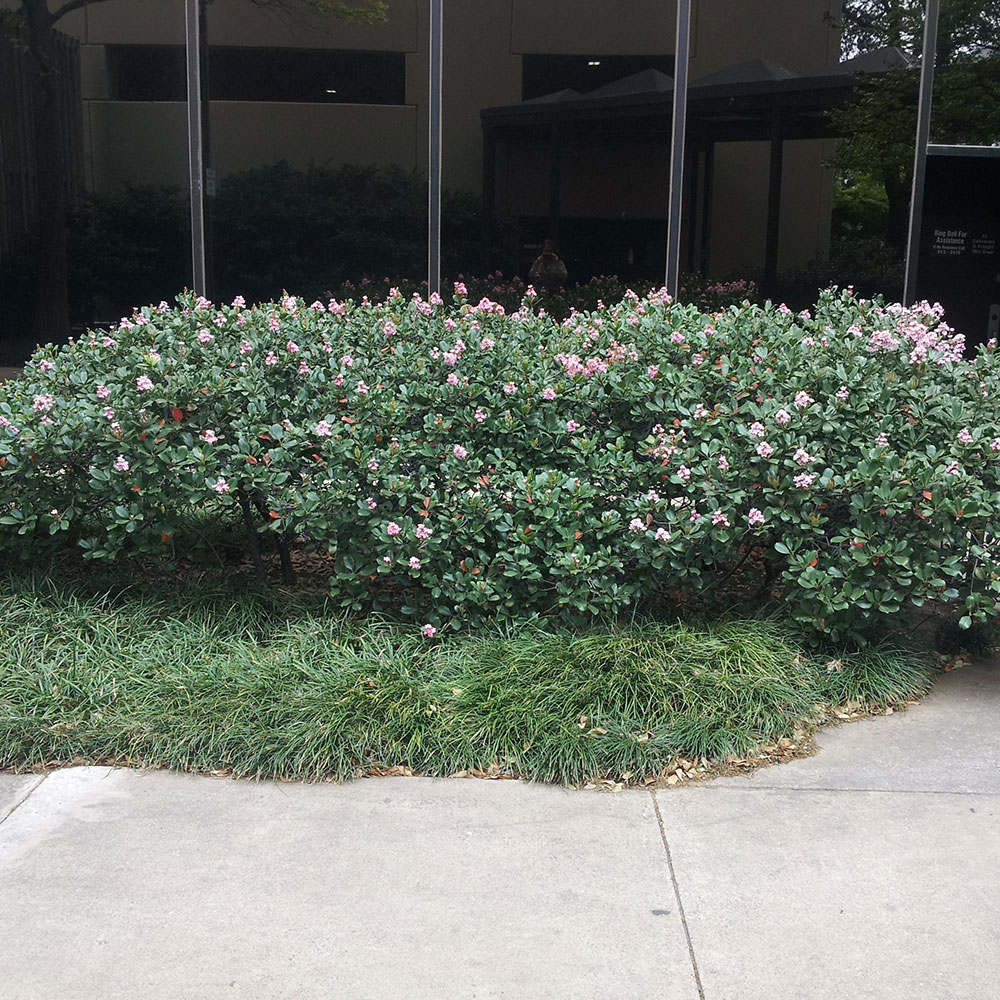

But we have a couple of restrictions: They have to be only two or three feet tall at maturity, or be able to handle pruning more than once a year to keep them at that height. With your participation, we can build the ultimate hawthorn replacement list. Email me with your ideas, post them to Facebook, or call the radio show at 713-212-KTRH (5874) this weekend. So, after getting my umpteenth phone call on the subject in recent six weeks, I thought it was time to come up with a list of hawthorn alternatives that can handle the filtered sunlight and growing shade that come with maturing landscapes.Īnd let’s assume the list in the photo gallery below this is just the start … I’d like your input as well. These species offer it all: privacy, frost- and drought-tolerance, and minimal maintenance.Plus, if you happen to get hawthorns that were raised in the Pacific Northwest, there’s a good chance they will more quickly develop a fungal disease, such as the leaf spot that’s so prevalent on red tip photinias and wax leaf ligustrums. The minimum distance to a building is 12 feet and 20 feet between trees. This species may grow to be a small tree of 25-30 feet. It may be difficult to find, but is often spotted at annual plant fairs in Kendall County. Flame-leaf sumac grows to be a large shrubby tree that is best suited to flat areas.Evergreen sumac is a common native throughout the Hill Country and is basically maintenance-free, but will have to be pruned once every three to five years.and cvs., Zones 6b9) Hardier plants of concern include these: Japanese cedar (Cryptomeria spp. and cvs., Zones 8b11) Chinese fringe flower (Loropetalum chinense, Zones 711) Fig (Ficus spp. My favorites are ‘Blue Point’, ‘Keteleer’ and ‘Spartan’.Ĭhinese photina ( Photinia serrulata) has white flowers with pink centers. and cvs., Zones 79) Arizona cypress (Cupressus arizonica, Zones 79) Osmanthus (Osmanthus spp.



It requires only limited maintenance and tolerates most sites, whether shady or sunny, rocky or clay soil. Indian hawthorn, flowering quince, wisteria, mountain laurel and other woody perennials will probably come through the cold snap unfazed, although some of the higher branches may be dead. Yaupon ‘nana’ is one of the most frequently used shrubs for our area and its well justified. Consider dwarf ‘Burford’ or ‘Carissa’ holly. It has silvery foliage and is covered with purple blooms after a rain. Look for the new compact varieties of ‘Compacta’, ‘Convento’ and Thunder Cloud’.Ĭhinese holly is only one of many selections. Cenizo (Leucophyllum frutescens) Also known as Texas Sage, this plant happens to be the Official State Native Shrub of Texas This is a great evergreen option for your yard. Low Shrubs, maximum 6 feet tallĬenizo comes in many colors and sizes – from silver to green, and flowers for pale blue to purple. Here is my list of shrub species that can endure both drought and freeze, aka typical South Texas weather. Fortunately, other species, both native and introduced, responded remarkably well. Viburnum, pittosporum, xylosma, prostrate rosemary and Indian hawthorn suffered significant mortality during the big freeze. Check out our list to toughen up your landscape. But there are a few that fared surprisingly well. Extreme winter weather took a toll on many plants.


 0 kommentar(er)
0 kommentar(er)
